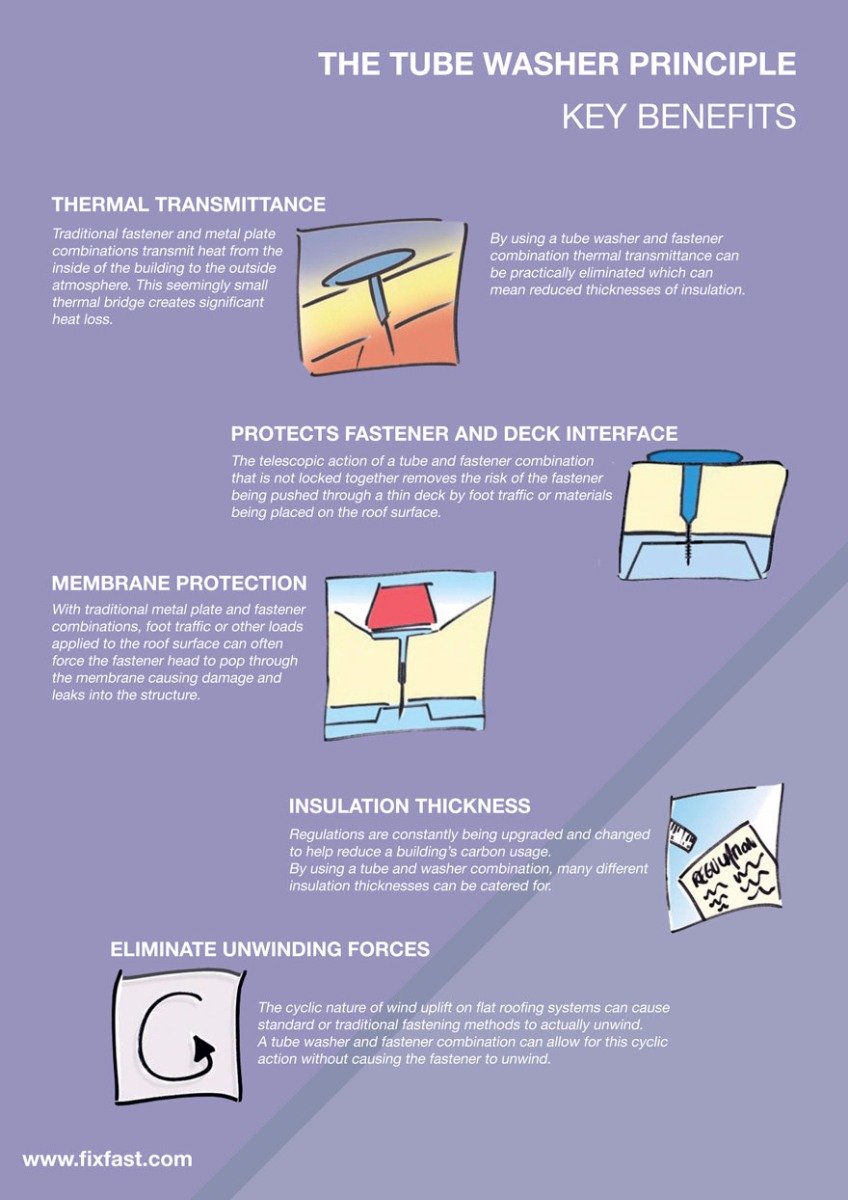Delve Into The Complex World Of Solar Technology And Reveal The Remarkable Procedure By Which Sunshine Is Converted Into A Functional Resource Of Power
Delve Into The Complex World Of Solar Technology And Reveal The Remarkable Procedure By Which Sunshine Is Converted Into A Functional Resource Of Power
Blog Article
Author-Noonan Archer
So, you've heard about photovoltaic panels and their possible to produce electrical energy from sunlight, however how precisely do they function? Comprehending solar providers near me behind photovoltaic panels can be a remarkable trip into the globe of renewable resource. From the basic principles of photovoltaic cells to the intricate parts that make up a photovoltaic panel system, there's an entire world of knowledge waiting to be discovered. Let's decipher the enigmas of photovoltaic panel technology with each other.
Photovoltaic Panel Innovation Basics
To genuinely realize the significance of solar panel innovation, you need to look into the essential concepts that underpin its capability. check here contain solar batteries, generally made from silicon, which have the remarkable capacity to transform sunlight into electricity via the photovoltaic impact. When sunlight strikes the cells, the photons in the light interact with the silicon atoms, causing the electrons to damage free from their atomic bonds. This creates an electrical current that can after that be utilized for powering various tools.
The key part of solar panels is the semiconductors within the solar batteries, which help with the conversion of sunshine right into functional electrical energy. These semiconductors have both positive and adverse layers, developing an electrical field that allows for the flow of electrons.
https://www.mckinsey.com/industries/electric-power-and-natural-gas/our-insights/renewable-energy-development-in-a-net-zero-world of electrons, when connected in a circuit, produces direct current (DC) electrical power. Comprehending these standard principles is essential for valuing just how solar panels can harness the sun's energy to power homes, businesses, and also satellites in space.
How Solar Panels Generate Electrical Power
Solar panels harness the sunlight's power by converting sunshine into electrical power via a process called the solar impact. When sunlight hits the photovoltaic panels, the photons (light bits) are absorbed by the semiconducting materials within the panels, generally made from silicon. This absorption creates an electrical current as the photons knock electrons loose from the atoms within the material.
The electrical fields within the solar batteries then require these electrons to move in a specific direction, creating a straight current (DC) of power. This direct current is after that passed through an inverter, which converts it right into alternating present (A/C) electrical energy that can be used to power your home or service.
Excess electricity generated by the photovoltaic panels can be stored in batteries for later usage or fed back into the grid for credit through a procedure called web metering. Recognizing exactly how photovoltaic panels produce electricity is crucial to appreciating the ecological and cost-saving advantages of solar energy systems.
Recognizing Solar Panel Elements
One vital facet of solar panel modern technology is understanding the different components that comprise a photovoltaic panel system.
The essential elements of a photovoltaic panel system consist of the solar panels themselves, which are made up of solar batteries that convert sunlight right into electrical energy. These panels are placed on a framework, often a roofing system, to catch sunshine.
Along with the panels, there are inverters that convert the direct current (DC) power produced by the panels right into rotating present (AC) electrical energy that can be utilized in homes or services.
The system additionally includes racking to sustain and place the solar panels for optimum sunlight direct exposure. In addition, cables and connectors are important for delivering the electrical energy generated by the panels to the electric system of a structure.
Finally, a tracking system might be consisted of to track the performance of the solar panel system and guarantee it's functioning efficiently. Comprehending these parts is important for anybody looking to install or use photovoltaic panel technology efficiently.
Conclusion
Since you understand the basics of photovoltaic panel innovation and exactly how it works, you can value the power of utilizing sunlight to produce clean and renewable resource for your structure. By using the photovoltaic or pv result and components like inverters and keeping an eye on systems, you can add to an extra lasting future while additionally potentially saving on power prices. Keep learning and exploring the opportunities of solar energy for a greener tomorrow.
